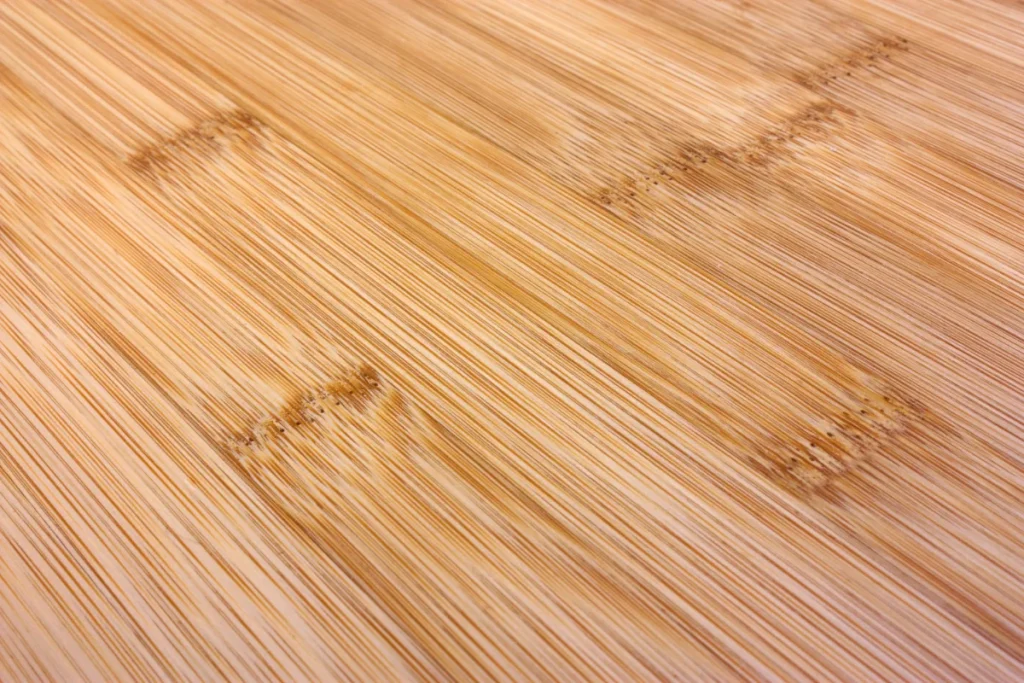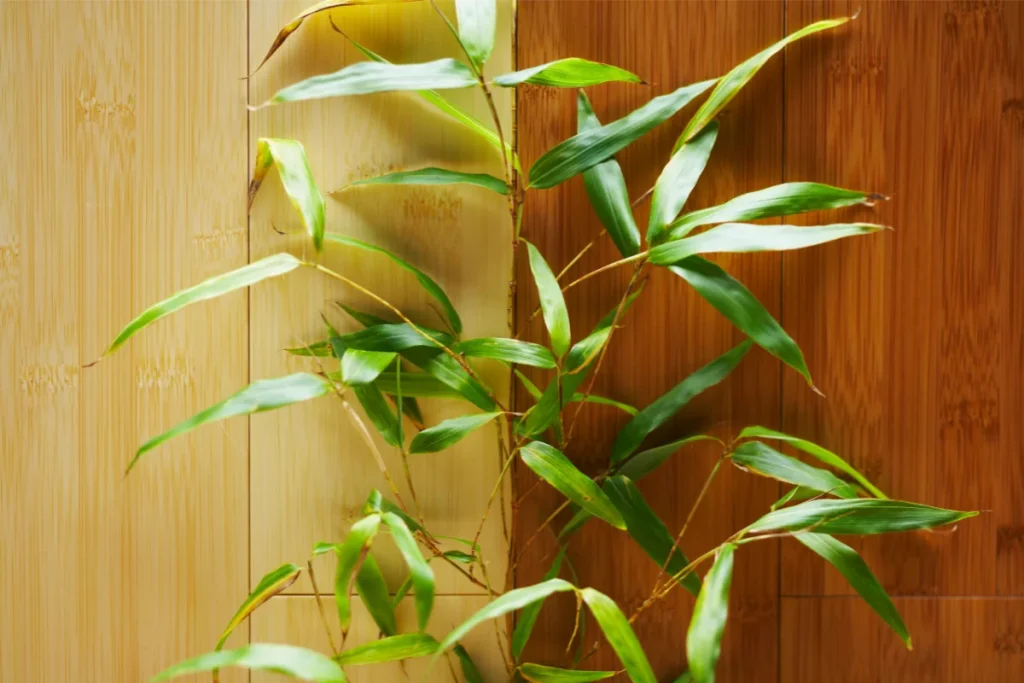
6 Most Famous Types of Bamboo
About how many bamboo species you are aware of? Three? Six? Ten? To your surprise, there are over 1000 species of bamboo found worldwide. Out of these 1000-plus species, 64% of the bamboo varieties grow naturally in Asia and 33% in America. Other species grow in different regions of the world.
Although, many of these bamboo varieties are decorative and useful in some way. Do you ever wonder what are some of the most famous types of bamboo? We have chosen the six most popular varieties of bamboo to look deep into their properties, size, and uses.
Most Common Types of Bamboo
Different bamboo varieties are identified due to their specific shapes, sizes, and colors. Each variety has its unique uses and benefits that separate them from other varieties. Here are the six most famous bamboo types that are found all over the world.
#1 Giant Timber Bamboo (Bambusa oldhamii)
Giant timber bamboo, scientifically known as “Phyllostachys bambusoides,” is the largest species of bamboo. Mostly this bamboo has the same applications as timber. The growth of this bamboo provides a massive canopy, making it a favorite bamboo choice for planting alongside walkways.
Here are some of the amazing facts that set this bamboo type apart from others:
- Giant timber bamboo can grow up to 65 feet in height and almost 4 inches in diameter in good conditions.
- It is originated in China but common in Japan.
- It is intrusive running in nature and expands its roots quickly if not managed properly.
- Its shoots grow faster in warmer months.
- Its branches are short and leaves are comparatively longer than other bamboo types.

Giant timber bamboo is grown for both commercial and decorative purposes. Its shoots can be cooked just like any other vegetable. Its culms are very strong that’s why they are used for construction and woodwork.
#2 Lucky Bamboo (Dracaena sanderiana)
In actual lucky bamboo is a flowering plant but, due to its bamboo-like appearance, it is commonly mistaken as a bamboo species.

Here are some of the amazing facts about lucky bamboo:
- In Feng Shui, the lucky bamboo plant is believed to enhance the flow of positive energy in the home or office when placed in the right direction.
- In lucky bamboo, the number of stalks shows its significance as per Chinese traditions. For example, two stalks represent love. Three stalks represent wealth, happiness, and long life.
Lucky bamboo plant is beautiful and easy to maintain that’s why most commonly it is used as a gift and for indoor decoration purposes.
Why is Lucky Bamboo So Popular?
Lucky bamboo is popular due to its aesthetic appeal and believe that it brings good luck and positive energy to its surroundings. Another reason that makes it a popular choice for homes and offices is its adaptability. It is easy to maintain and can thrive in low light.
#3 Moso Bamboo (Phyllostachys edulis)
Moso is one of the most famous bamboo used for fencing. The name Moso was derived from the Chinese word “Mao Zhu”, which means hairy bamboo. It is commonly grown in China and Japan for industrial purposes. It can grow up to 90 feet in height and 7 inches in diameter under suitable circumstances. Moso bamboo shoots upwards with astonishing speed, adding as much as 48 inches (1.2 meters) per day during optimal conditions. That’s why it has earned the title “the king of bamboo.”

We might not have noticed but there are some amazing practical uses of Moso bamboo in our daily life. Some of these are;
- Moso bamboo is not just used as a wood alternative, its shoots are also edible.
- It is used to make paper pulp as an alternative to other wood. Then different paper products like toilet paper, paper towels, or napkins are made from the pulp of Moso bamboo.
- It is used for flooring as an eco-friendly alternative to traditional flooring options.
- Gardeners grow it as an ornamental plant in their gardens due to its beautiful appearance.
- It is intentionally grown on hilly surfaces to prevent soil erosion.
#4 Black Bamboo (Phyllostachys nigra)
Black bamboo is a unique and visually striking species of running bamboo. It is known for its dark, almost black culms. It has gained popularity worldwide due to its aesthetic appeal and practical uses. This bamboo species can grow up to 35 feet in height and 2.5 inches in diameter.

Stems of the Black bamboo are green initially, but its start turning black as the plant get mature. It is not just a beautiful ornamental plant, its practical uses also differentiate it from other bamboo species. Here are some of the uses of Black bamboo;
- It is used for growing natural privacy screens.
- It has been traditionally used for medical purposes. In Japan it traditionally used to treat dry skin and eczema.
- It is grown in gardens an an ornamental plant.
#5 Buddha Belly Bamboo (Bambusa ventricosa)
It is called Buddha belly bamboo because of its unique bulging culms. Its internodes resemble the belly of the Buddha. Buddha bamboo can grow up to 50 feet in height and 12 inches in diameter under good weather conditions. Its leaves are lance-shaped, bright green, and can grow up to 8 inches long.
The Buddha Bamboo’s unique appearance has cultural significance and is associated with themes of purity and enlightenment. Some cultures believe that keeping a Buddha Bamboo plant at home can invite positive energy and good luck.

Here are some of the practical uses of it;
- It can be grown into pots or containers for indoor spaces.
- Its dense growth makes it an excellent choice for making privacy screens.
- Sometimes it is used for making decorative furniture.
- They are grown on hilly surfaces because their strong root system prevents soil erosion.
In Buddhism, Buddha bamboo’s characteristics symbolize the path to enlightenment, as its sturdy growth, flexibility, and inner hollowness represent the qualities one should cultivate in their spiritual journey.
#6 Umbrella Bamboo (Fargesia murielae)
It is a unique variety of bamboo that forms a distinct umbrella-like canopy of leaves. This bamboo species is native to China. Unlike many other bamboo species, it is non-invasive. It is a wonderful choice for gardeners who want to add a touch of nature’s elegance to their outdoor spaces.
Umbrella bamboo can grow up to 15 feet in height and 0.5 inches in diameter. It is a clumping bamboo. Usually clumping bamboos are tropical in nature, but Umbrella bamboo is cold-hardy in nature, due to which it is a perfect choice for the growers in the North American region. It can endure temperatures as low as -20°F (-29°C).

Here are some practical uses of the Umbrella bamboo;
- They are an excellent choice for ornamental planting in gardens and landscapes.
- They can be grown for privacy screens and shades.
- It can be grown in large containers for patios, balconies, and small gardens.






